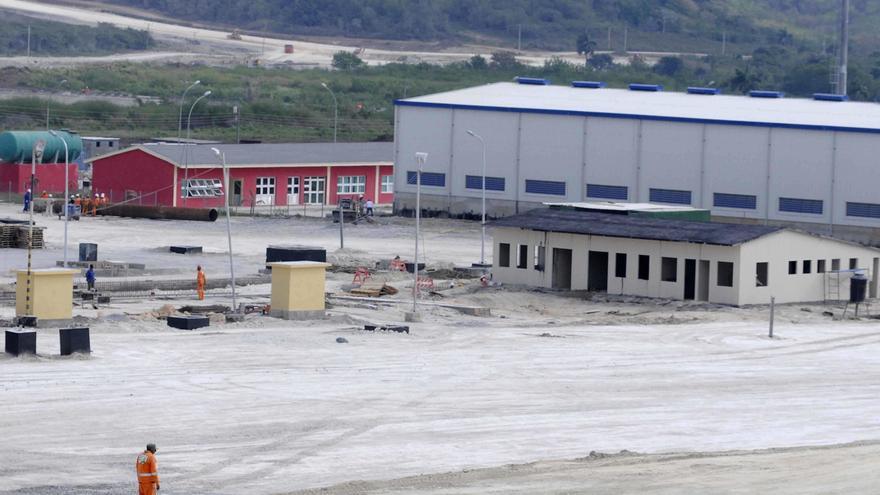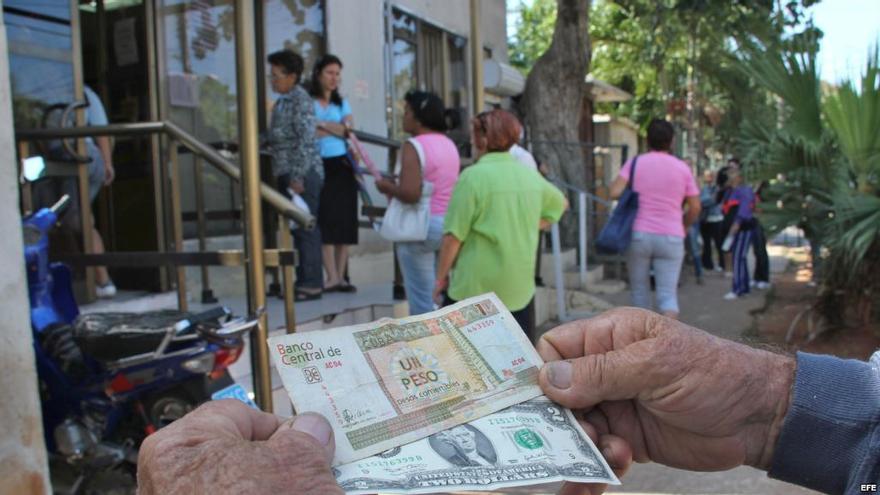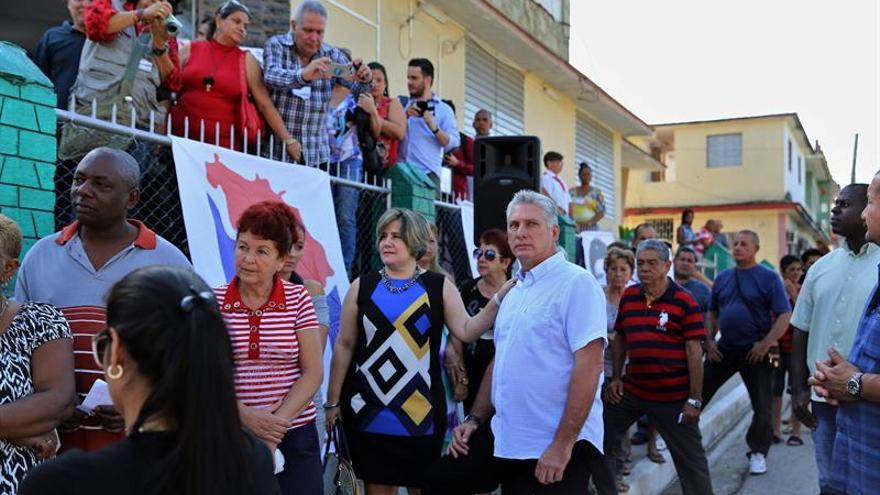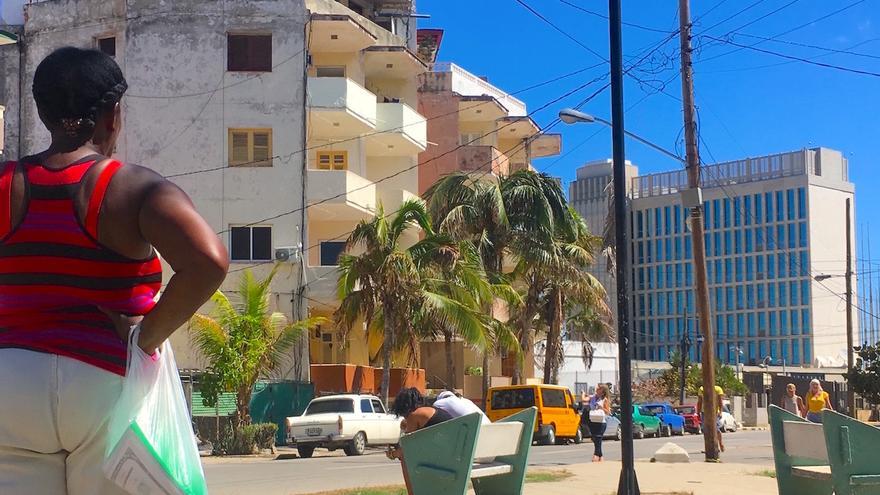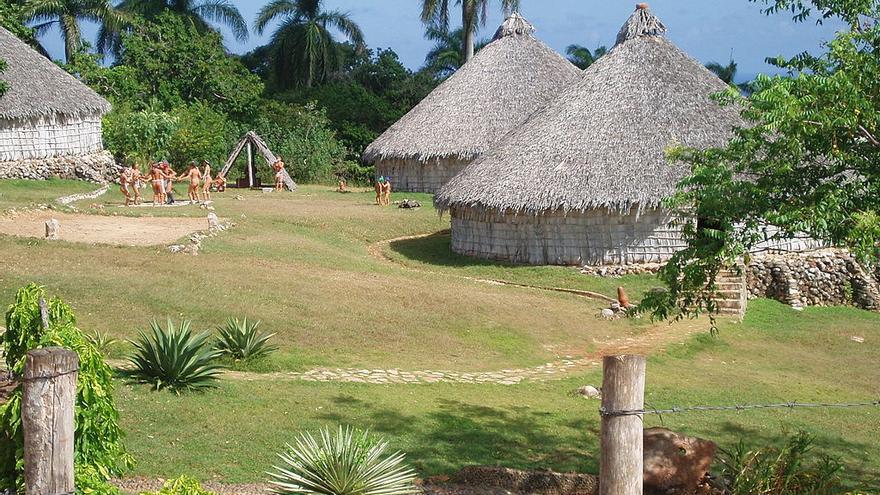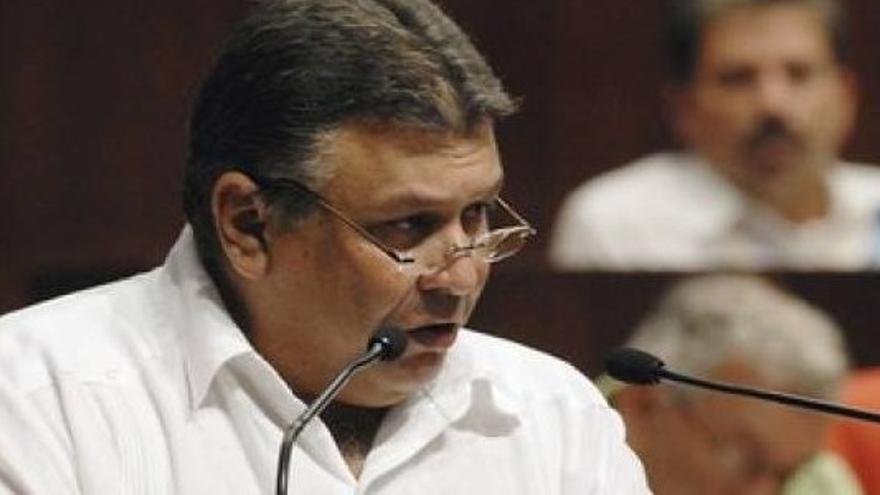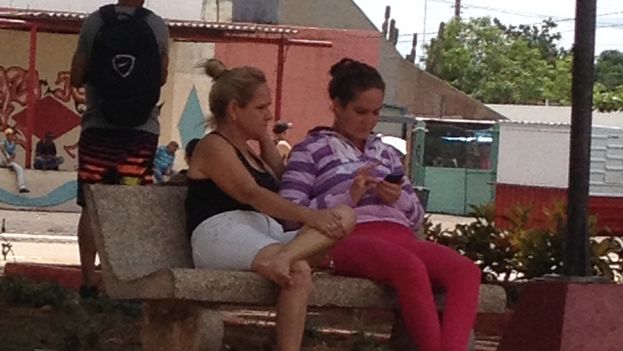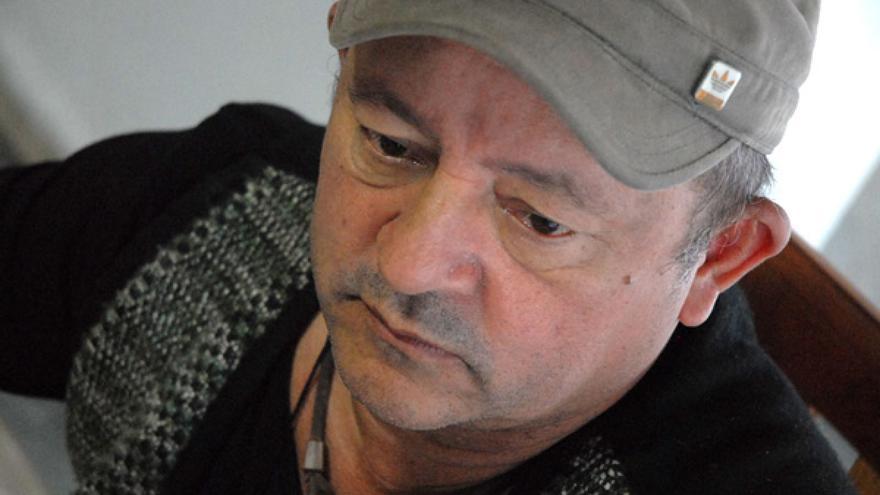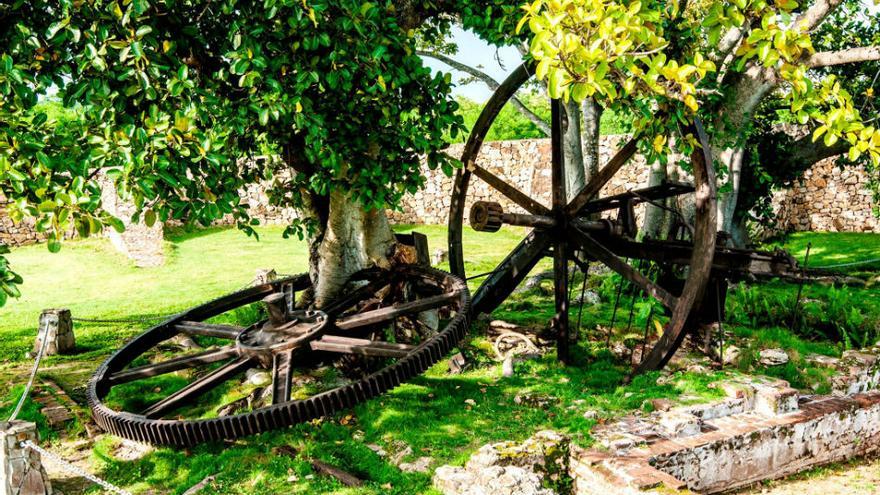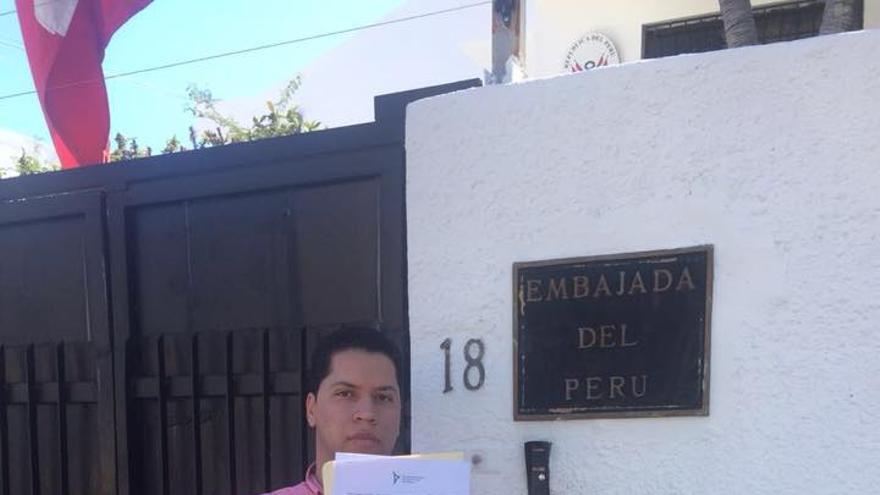
![]() EFE, via 14ymedio, Miami, 4 April 2018 — The Latin American Youth Network for Democracy sent a letter to Foreign Minister Néstor Francisco Popolizio and other Peruvian high officials, warning of the “grave danger” that they believe “interference from agents of the Cuban dictatorship” represents for the 8th Summit of the Americas.
EFE, via 14ymedio, Miami, 4 April 2018 — The Latin American Youth Network for Democracy sent a letter to Foreign Minister Néstor Francisco Popolizio and other Peruvian high officials, warning of the “grave danger” that they believe “interference from agents of the Cuban dictatorship” represents for the 8th Summit of the Americas.
The letter, which Efe had access to, is addressed to Popolizio, Antonio García Revilla, national coordinator for the Summit Process, and Marcio M. Bendezú Echevarría, regional prefect of Metropolitan Lima, and will also be delivered to the embassies of the countries participating in the Summit, which will take place in the capital of Peru on April 13 and 14. continue reading
The Network, made up of young people from 20 countries, reiterates that its members will participate in the Social Summit that will take place as a complement to the presidents’ meeting, and expresses its hope that “the Peruvian authorities will be able to guarantee the security” of its members and delegates from Cuban and Venezuelan civil society.
The president of the Network, Rosa María Payá, and the coordinator, Jatzel Roman González, urge the Peruvian authorities not to “tolerate” what they say happened at the previous Summit in Panama, in 2015, “the ‘neighborhood bully’ attitude of the Castro delegation.”
The letter emphasizes that in Panama “shock troops of the Castro regime, led at that time by the current Minister of Culture of the dictatorship, Abel Prieto, attacked with blows and shouts formally accredited members of civil society of the Americas.”
“Three years later, the goal of the Cuban regime remains the same: to prevent the Civil Society Summit from being held because a dictatorship cannot tolerate sharing space with those who peacefully oppose their repressive actions and dare to express it,” the letter adds.
The Latin American Youth Network and the delegation of independent Cuban civil society at the Social Summit are already suffering “aggressions by the Cuban regime,” they point out.
The letter mentions an episode with the Cuban ambassador at the Hemispheric Dialogue in Lima, who “lashed out against Jorge Vallejo, the Peruvian representative who served as spokesman for Coalition 26 and director of our Network.”
The letter also refers to a message on the official Twitter account of the Cuban Foreign Ministry in which it warns that “Cuba will not allow offenses, disrespect or provocation” from the Latin American Youth Network during the Summit.
“Given all the threats and aggressions launched from the institutions and the Castro media, we are obliged to hold the Government in Cuba and the Peruvian authorities responsible for the physical integrity of all of our members,” the signatories of the letter write.
Payá and González also warn of the “dangerous error and incoherence of extending an invitation [to the Summit] to the representatives of the Cuban dictatorship,” after praising the exclusion of representatives of the “Venezuelan dictatorship.”
At the end of the letter, the Network’s directors state: “Our young people are not controlled by fear, we will continue peacefully fighting dictatorships from one end of our region to the other.”
_______________________
The 14ymedio team is committed to serious journalism that reflects the reality of deep Cuba. Thank you for joining us on this long road. We invite you to continue supporting us, but this time by becoming a member of 14ymedio. Together we can continue to transform journalism in Cuba.


